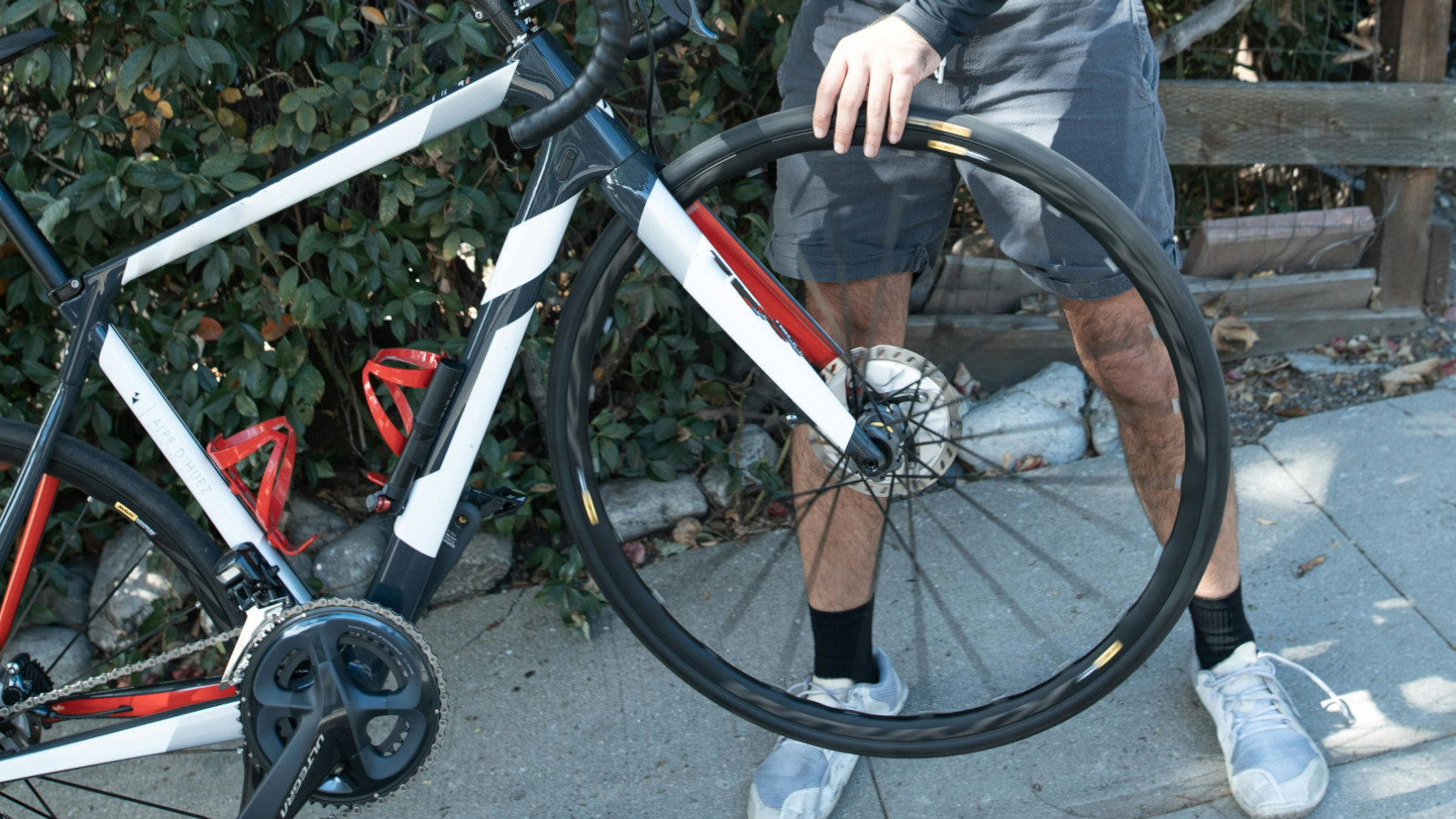Measuring a bicycle tire might seem like a straightforward task, but it’s an essential skill for cyclists and bike enthusiasts alike. Knowing the correct tire size is crucial for safety, performance, and maintenance. Whether you’re replacing a worn-out tire, upgrading to a different size, or simply curious about your bike’s specifications, this guide will walk you through the steps to accurately measure a bicycle tire.
Why Measure Your Bicycle Tire?
Measuring your bicycle tire serves several important purposes:
- Safety: Properly sized tires ensure a secure grip on the road, reducing the risk of accidents.
- Performance: The right tire size can enhance your bike’s performance, such as speed and comfort.
- Maintenance: When replacing tires or tubes, knowing the correct size is crucial to avoid compatibility issues.
- Customization: Some cyclists prefer different tire sizes for specific riding conditions, such as wider tires for off-road trails or narrower ones for speed on pavement.
How to Measure a Bicycle Tire
- Locate the Tire Size
The easiest way to determine your bicycle tire size is to look for the information printed on the tire sidewall. You’ll typically find this information in the form of a series of numbers and letters. Here’s how to interpret it:
- Tire Width (e.g., 700x25c): The first number indicates the tire’s width in millimeters. In this example, it’s 700mm wide.
- Bead Diameter (e.g., 700x25c): The second number is the bead diameter in millimeters. For most road bikes, this number will be 622mm (commonly referred to as “700c”).
- Tire Type (e.g., 700x25c): The letter(s) following the numbers represent the tire type. In this case, “c” stands for “clincher,” which is the most common type of tire.
- Measure the Diameter
If you cannot find the tire size information on the sidewall or want to double-check, you can measure the tire diameter manually. To do this, follow these steps:
- Place your bike on a level surface, ensuring it is stable and upright.
- Measure the distance from the center of the wheel hub to the outer edge of the tire. This measurement should be in millimeters.
- This measurement is the tire’s diameter, also known as the bead seat diameter. Remember that road bike tires are typically 622mm in diameter (700c), while mountain bike tires vary between 559mm (26-inch) and 622mm (29-inch), depending on the model.
- Determine the Tire Width
To determine the tire’s width, you can either refer to the information on the sidewall or measure it directly. Measuring the width manually can be done by following these steps:
- Inflate the tire to its recommended pressure to ensure accurate measurements.
- Use a caliper or a ruler to measure the width of the tire’s tread, including any knobs or patterns. Make sure to measure from the outer edge of the tire’s tread on one side to the outer edge on the opposite side.
- The width is usually measured in millimeters.
Measuring a bicycle tire is a straightforward process that can be crucial for your safety, performance, and maintenance. Whether you’re a seasoned cyclist or a novice, understanding your tire’s size and how to measure it is a valuable skill. By following the steps outlined in this guide, you can confidently determine the correct tire size for your bike and make informed decisions when it comes to tire replacement or customization. Remember that proper tire sizing is an essential aspect of responsible cycling, ensuring a smoother and safer ride on the road or trail.
Discover more from Wheels Craze - Automotive News, EV News, Car News, Bike News
Subscribe to get the latest posts sent to your email.





